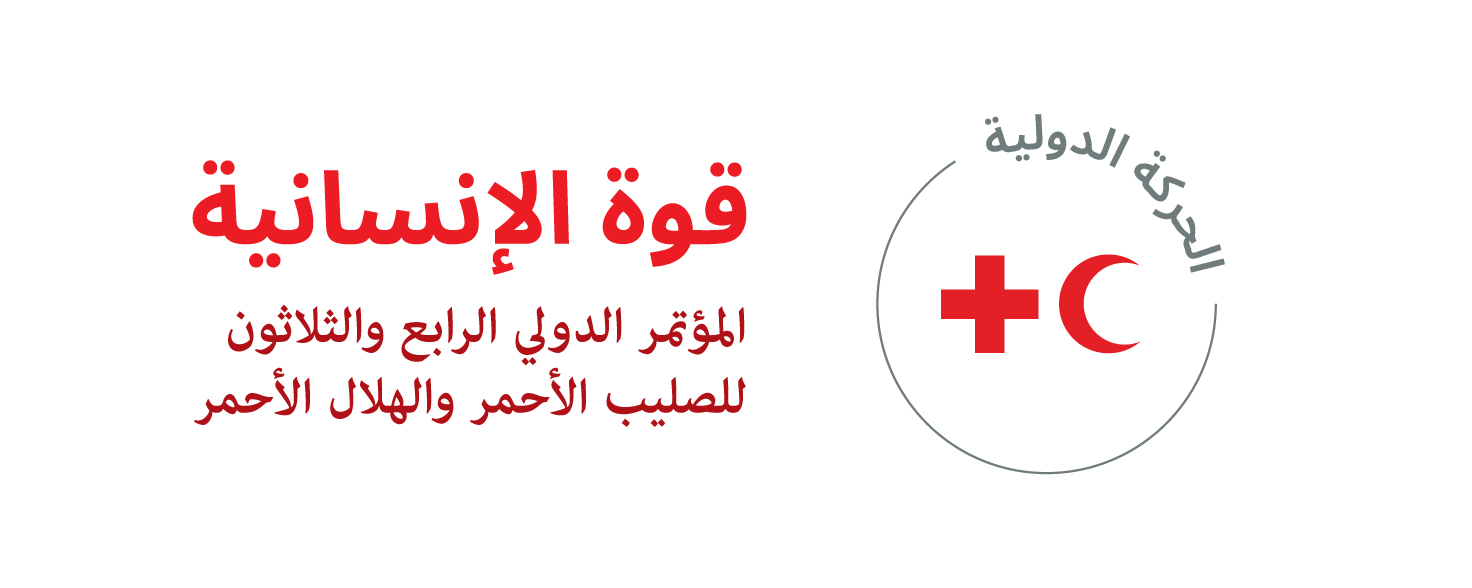أ) أهداف التعهد
In accordance with the Paris Agreement adopted under the United Nations Framework Convention on Climate Change,
Guided by United Nations’ Sustainable Development Goals,
Guided by the Government’s Resolution No. 08/NQ-CP of 23 January 2014 promulgating the Action Program on proactive response to climate change, strengthening natural resource management and environmental protection,
Guided by the Government’s Resolution No. 120/NQ-CP of 17 November 2017 on sustainable development of the Mekong Delta in response to climate change,
Guided by the Government’s Resolution No. 76/NQ-CP of 18 June 2018 on disaster prevention and response,
Guided by the Prime Minister’s Decision No. 649/QĐ-TTg of 30 May 2019 approving the National Disaster Prevention and Response Plan to 2020,
Guided by the Government’s Decree No. 30/2017/ND-CP of 21 March 2017 Government stipulating the organization and conduct of natural disaster and emergency response and search and rescue activities,
The Government of the Socialist Republic of Viet Nam and the Viet Nam Red Cross Society jointly makes the following pledge:
Enhancing the capacity of Government agencies and people in natural disaster prevention and response, with a view to mitigating damages, especially during droughts, floods, flash floods and landslides.
Improving community-based disaster risk management.
ب) خطة العمل:
- Disseminating knowledge and raising awareness on natural disasters
Improving training documents, diversifying forms, languages and communication methods which are customized to different regions, cultures and audiences to disseminate knowledge on natural disaster prevention and response to communities, especially those in remote and isolated areas and ethnic minorities; using traditional media, mobile or social networks to receive feedback from people; launching national campaigns for resilient communities.
Issuing a white book on natural disasters and their damages, and support and assistance received and deployed during and in the aftermath of natural disasters.
Publishing a periodic review dedicated to natural disaster prevention and response.
- Community-based disaster risk management
Improving documents and tools on training and communication on disaster risk assessment and disaster prevention skills for the community. Organizing training and field exercises for officials and volunteers involved in natural disaster prevention at the grassroots level and ordinary people.
Fully develop and effectively implement disaster prevention and response plans at all levels, especially at the commune level; facilitating activities aiming at building villages resilient to natural disasters in the national program for building new-style rural areas.
Integrating natural disaster prevention and response into community activities, cultural events and cultural performances of communes, villages and hamlets; in each commune, setting up panels, posters, maps and instruction boards on basic steps of natural disaster prevention, adaptation and response; disseminating skills on build houses resilient to storms and flood.
Building a natural disaster alert system in collaboration with local radio stations, encouraging the construction of cultural community centers which can be converted into emergency evacuation centers when needed, setting up signboards of dangerous natural disaster areas, building small-scale disaster prevention and response facilities.
Facilitating local communities to participate in the developing of commune-level disaster prevention and response plans.
Facilitating the participation of local communities in disaster risk assessment during disaster risk mapping process at commune level, identifying disaster-prone groups and areas.
Developing early warning systems in each community, taking into account the accessibility of all vulnerable groups, the geographical, cultural and socio-economic factors and lifestyles of people in different areas and regions.
Incorporating natural disasters and prevention and response into high schools education programs, teaching swimming for teenagers, organizing training activities to disseminate prevention and response knowledge and skills to vulnerable groups such as women, the elderly, children and people with disabilities.
ج) مؤشرات قياس التقدم المحرز
N/A
د) الآثار المترتبة على الموارد:
Resources for implementation are from State budget (including ODA funds for natural disaster prevention and/or climate change adaptation), local disaster prevention funds, and other sources.




